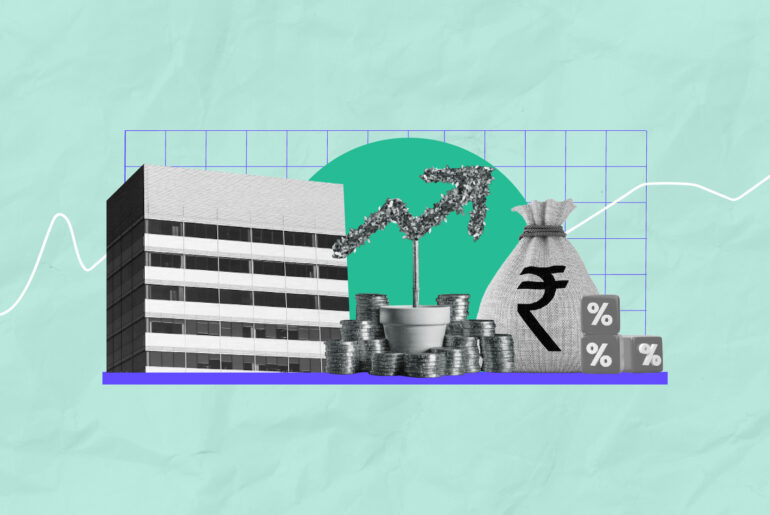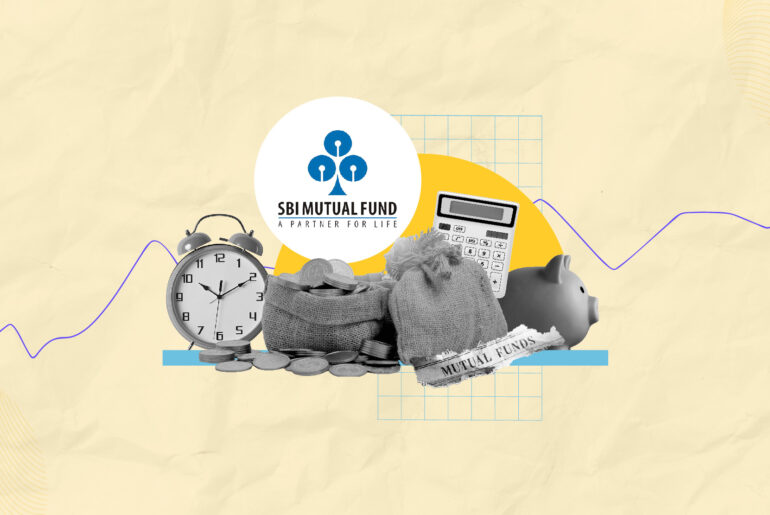Last Updated on May 24, 2022 by
The process of trading securities on the same day is referred to as intraday trading. Intraday traders purchase and sell shares on the very same day before the market shuts. The goal is to gain from the fluctuation of securities.
Day traders look and wish to take advantage of factors short-term market movements. Economic data, company earnings, and interest rates are all subject to market assumptions and market behaviour. When such expectations are not fulfilled or surpassed, markets respond with fast, large swings, which may tremendously benefit intraday traders.
Table of Contents
What is the difference between interday and intraday trading?
Intraday means “inside the day,” and the time frame for this trading method, as the name implies, is limited to the operating hours of a single day. Intraday trading occurs when a trader enters a position in a stock, futures, or currency after the market opens and exits the position before the market closes on the same day.
On the other hand, Interday trading has a lengthier trading horizon, with the trading position remaining open at least through market closing and overnight. The typical procedure in interday trading is for the trader to open a position in security with the intention of holding it for a number of days.
Things to keep in mind before opting for intraday trading
Before you join the markets, you should formulate your trade strategy. You must first pick which stock to trade, how much risk you are willing to accept, and then set your entry and exit points – both stop loss and goal.
Never enter a deal unless you understand all of the variables involved. Before purchasing or selling stock in intraday trading, take in mind all of your constraints as well as the market circumstances.
While it may be enticing to use leverage when trading, it is exceedingly dangerous. Even experienced traders restrict their exposure to 1-2 times the amount of money involved in the deal. Losses can be minimised in this way. On the other hand, higher amounts can be bought and sold if one is certain of the potential of a transaction.
The leverage multiplier factor would have an impact on profits and losses. In trading, there are four conceivable outcomes: great gains, little gains, tiny losses, and massive losses. The idea is to visualise the threat and then strategise. However, picturing the worst-case scenario and calculating your ability to manage a substantial loss is vital.
To make the appropriate selections while trading, one must continuously watch and track every development.
Few intraday trading indicators
When intraday trading, a trader can employ a number of tools, techniques, indicators and strategies.
1. Relative Strength Index (RSI)
The Relative Strength Index (RSI) is one of the greatest intraday indicators for gaining a valuable trading perspective. This indicator’s upper and lower limit set-points are 0 and 100, respectively, with an overbought situation proclaimed when the indicator rises over 70. In a similar way, an oversold position occurs when the indicator falls below 30.
The RSI often lingers in the 10-60 region during a bear market, with levels between 50-60 deemed as resistance. Intraday traders can clock in the right entry and exit points using RSI.
2. Moving average
The moving average is a line on a chart that depicts the behaviour of a stock over a period. The daily moving average (DMA) is used by the majority of traders. These graphs depict the stock’s opening and closing rates. The minimal average line displays the average closing rates of that specific stock through provided time, allowing you to understand the price ups and downs and evaluate the stock’s flow.
3. Supertrend
The supertrend indicator is quite similar to the MACD and moving averages indicators in its operation. It makes use of price placement to determine current market trends. The parameters of a supertrend are period and multiplier.
To use the supertrend stock market indicator, you may set the average true range to 10 and the multiplier to 3. Assign a specific stop-loss, positioning it at the green indication line for long positions and the red indicator line for short positions. You may also change the values 10 and 3. However, anything less than this will cause the indicator to take up more indications and noise. On the other hand, anything greater will remove the noise but diminish the signals.
4. Momentum oscillators
Stock prices are quite volatile. Such changes are heavily influenced by market conditions. If a trader wants to determine if a stock will climb or decline, momentum oscillators can be of help. It is shown on a scale of 1 to 100 and indicates whether a stock will climb or decrease further, assisting you in selecting whether to buy a certain stock. It indicates the best moment to trade, preventing you from blowing your opportunities.
5. Aroon oscillator
This indicator is used to determine if a security is in a trend, and more specifically, whether the price is making new highs or lows throughout the calculation period.
The indicator may also predict whenever a new trend will start. The Aroon indicator is made up of two lines:
- Up line
- Down line
The first hint of a likely trend shift is when the Aroon-up jumps above the Aroon-down. If the Aroon-up reaches 100 and remains pretty close to it (while the Aroon-down remains close to zero), this is good evidence of an uptrend. If Aroon-down crosses over Aroon-up and remains close to 100, it signals that the downtrend has begun.
Conclusion
Positioning your trade at the right time and price is the key to success in intraday trading. Before you start investing, you should decide how much risk you are ready to face and how much time you can devote to intraday trading. This trading style can also go south real quick and hence requires one to have adequate knowledge of price movement, technical analysis and stocks in particular. Indulge in intraday trading only after accessing your risk.
- Hedge Funds in India: Types, Features, and Benefits - Apr 15, 2025
- SBI Equity Mutual Funds – List of Top Performing Schemes for 2025 - Mar 27, 2025
- List of Overnight Mutual Funds in India (2025) - Mar 17, 2025




